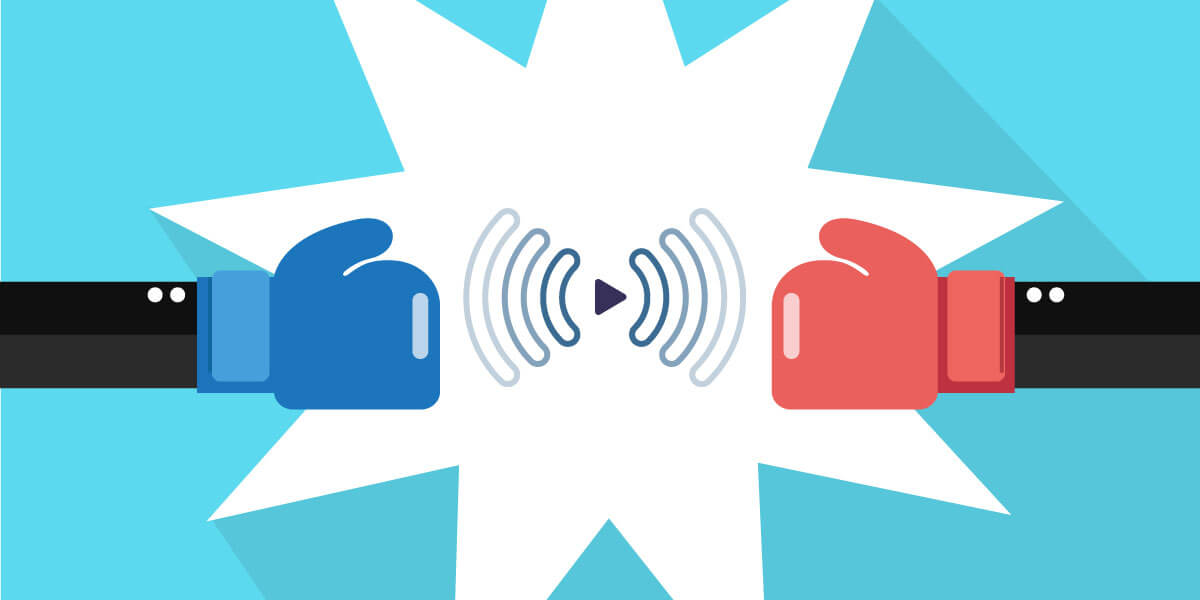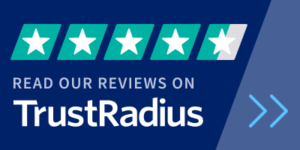
Being on top of media trends is at PR’s core. Whether you’re a Fortune 500 company or a one-person operation, if you don’t know what’s going on with your competition, how do you begin to keep up? Media monitoring has become an excellent way for companies to track coverage, interact with their customers and target a specific audience. Here’s how your competitors may already be using media monitoring:
You’re watching them, but they’re also watching you
Not surprisingly, one of the ways your competitors use media monitoring is to monitor you. Knowing what your competition is up to is just as crucial is watching your own coverage. You aren’t keeping an eye on your competitors to steal ideas but rather to understand what you need to do to remain competitive. Keeping an eye on the competition allows you to:
- Anticipate significant changes: By following your competitor’s media mentions, you’ll have a birds-eye view of mergers, new acquisitions and product developments. This will help you anticipate significant changes that will ultimately affect your organization.
- Improve your PR campaigns: Monitoring what’s working for your competitors and what’s not will allow you to craft more effective PR campaigns. You’ll also be able to see which journalists cover your competition most often.
“Keeping up with The Joneses”
It may seem overwhelming to monitor your entire industry, but media monitoring services make it a lot easier. Your competition may be using a media monitoring platform to stay up-to-date about their entire market, including stakeholders, influencers, competitors, vendors and regulatory bodies. There are two principal ways media monitoring can assist in keeping tabs on your industry:
- Staying up-to-date: Being informed with the latest buzzwords and conversations in your industry is fundamental in showing your customer base you’re aware of your surroundings. After all, a PR pro’s reputation is based on keeping track of the how the market is progressing and what that means for their company.
- Anticipating positive and negative trends: Staying on top of the intricacies of your industry is essential in keeping you up-to-date with emerging trends that could positively or negatively affect your organization. Keeping up with your industry’s direction will enable you to anticipate the multitude of facets of the media landscape.
They’re analyzing data and use it to their advantage
Last but certainly not least, without media monitoring, it’s nearly impossible to know all the publications that have picked up your press release or monitor online news about your organization on a daily basis. By using a media monitoring platform you can also see data such as your audience demographics, sentiment, market and geographic areas where your campaigns were most successful. Once you have the data, analyzing it allows you to see what worked, what didn’t and how to adjust your future campaigns accordingly.
Artificial intelligence
As technology advances, we fear that robots will eventually render some jobs obsolete, including PR. But AI also has the potential to improve PR as an industry by automating some of the most crucial PR functions, which will help, not hurt, PR specialists. The research will become automated, and it’ll enable PR pros to see exactly who their target audience is, when’s a peak time to target their customers and be able to identify a potential crisis and stop it in its tracks. One emerging trend that we’re already beginning to see is chatbots. With the rise of chatbots, PR pros must focus on developing and implementing creative strategies to create awareness, improve their company’s reputation and generate profits. Doing what machines can’t will allow PR teams to thrive.
They’re prepared for a crisis to go viral
During a crisis, responsiveness is key to protecting your brand’s reputation. It’s gotten increasingly more complex with social media because it can go viral. Just recently, we’ve had Tide, Uber and Facebook face damaging blows to their reputations. These controversies illustrate that it’s vital to use social listening to stay on top of conversations surrounding your company as they develop. Your competition is likely using media monitoring to aid in crisis management in the following ways:
- Having a plan and sticking to it: Proactively creating a crisis management plan will help reassure your team that they have a method in place if a crisis begins to develop. A PR team should use media monitoring to analyze past crises–either their own, competitors or similar organizations. Examining data will assist the team in seeing strategies that worked–and those that didn’t–in planning for a crisis to mitigate the adverse effects of it blowing up.
- Keeping an ear to the ground: Media monitoring alerts are pivotal in identifying a crisis. Platforms like Critical Mention offer customized email alerts whenever there’s a company mention on TV, radio, online news and Twitter. Detecting a developing crisis enables PR pros to attack it head-on before it turns into a full-blown PR catastrophe, or at least to lessen the blow.
- Following a crisis all the way to the end: Even when the dust settles, it’s essential to still follow media coverage to evaluate whether the crisis is indeed over. Your company can then assess what exactly happened and then gather a consensus of whether customers appreciated the way your business handled the situation, and how you can control the situation better going forward.
So, what’re you waiting for?
Critical Mention

Jolie Shapiro
Passionate about all things communications, Jolie found her dream job as a copywriter with Critical Mention, where she’s continuing her passion for writing and editing. With a background working for high-profile clients in the financial, hospitality and technology industries, she’s excited to bring her experience to Critical Mention. When she’s not writing you can find her at music festivals, hiking or snowboarding.








